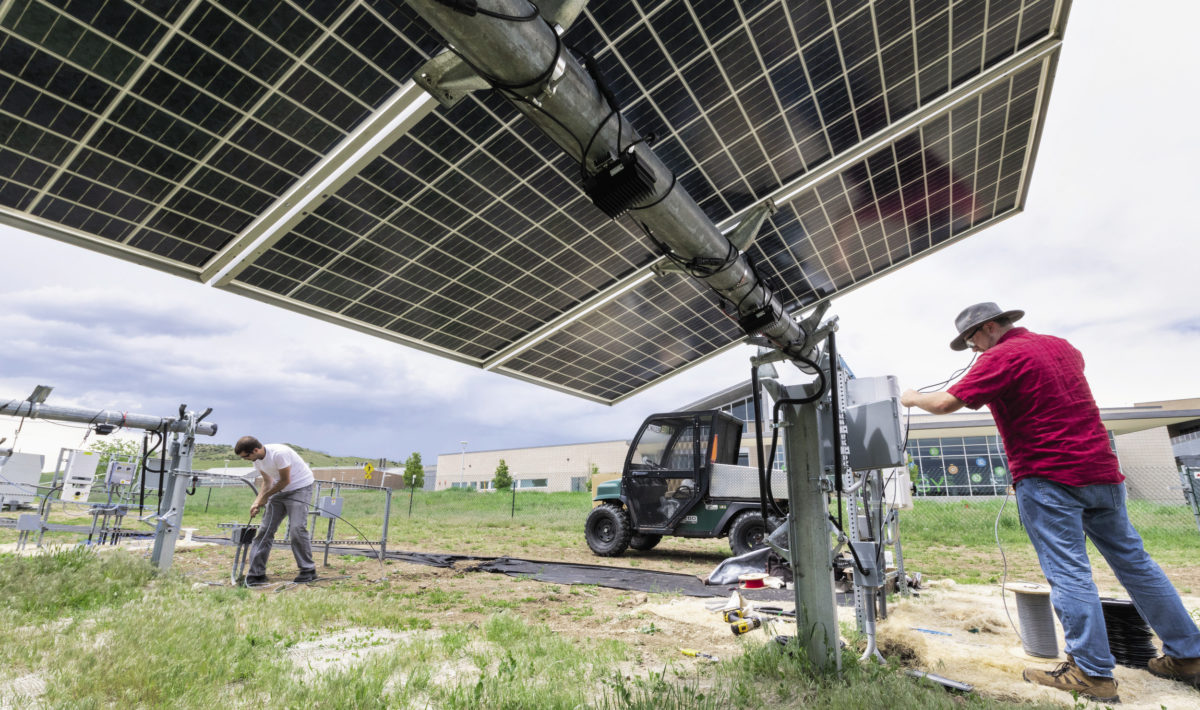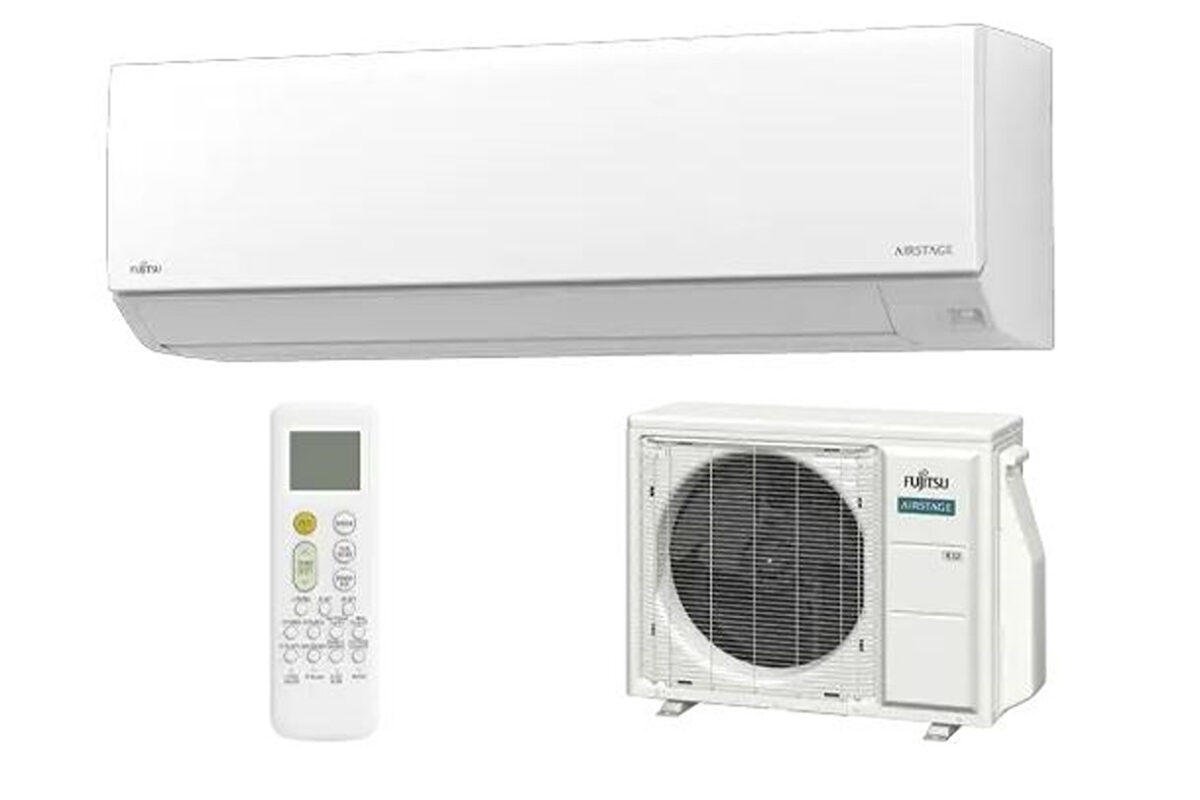From pv magazine USA
With the U.S. election just weeks away, President Donald Trump has issued a proclamation once again imposing trade tariffs on bifacial solar panels, effectively rolling back the exemption he originally granted in June 2019.
As previously reported, the proclamation is the latest skirmish in the president’s ongoing battle with the U.S. solar industry over the panels, which produce power on both sides and are increasingly used in large utility-scale projects. Quietly released on Oct. 10, its main argument is that “bifacial modules are likely to account for a greater share of the market in the future and can substitute for monofacial products in the various market segments, such that exempting imports of bifacial modules from the safeguard tariff would apply significant downward pressure on prices of domestically produced (bifacial) modules.”
Trump also cited the impact of bifacial’s growing share of the U.S. market as his reason for putting a hold on the fourth year step-down of the solar tariffs from 20% to 15%, resetting the rate for all imported solar panels instead at 18%. When first imposed in 2018 as part of Trump’s trade war with China, the tariffs were set at 30%, to be decreased 5% each year for four years.
Abigail Ross Hopper, president and CEO of the Solar Energy Industries Association (SEIA), told Bloomberg that Trump’s proclamation “counters critical needs of our country right now, jeopardizing jobs, economic recovery in the face of a pandemic and a clean environment.” SEIA would, she said, “evaluate every option to reverse this harmful approach.”
Nextracker CEO Dan Shugar called the tariffs “an outright tax on consumers of solar energy in the U.S,” in recent testimony to Congress.
Conflicts over the tariff exemption for bifacial panels started almost as soon as it was granted, The Office of the U.S. Trade Representative (USTR) removed the exemption four months later, in October 2019, but the U.S. Court of International Trade upheld the exemption two months later. The USTR made another run at lifting the exemption in April, but was again rebuffed by the trade court in June.
Trump’s new proclamation is scheduled to go into effect on Oct. 25 – 15 days after it was issued. But again, with the election looming, its potential impact remains uncertain. The tariffs have slowed price reductions on panels in the United States. According to SEIA, they cost the industry 62,000 jobs, even as some Chinese solar companies set up shop in the United States.
Still, with solar now recovering from its Covid-19 downturn in the second quarter, industry forecasts remain optimistic. SEIA’s most recent market outlook with Wood Mackenzie expects 100 GW of new solar to be installed in the United States between 2021 and 2025.
By K. Kaufmann
This content is protected by copyright and may not be reused. If you want to cooperate with us and would like to reuse some of our content, please contact: editors@pv-magazine.com.



By submitting this form you agree to pv magazine using your data for the purposes of publishing your comment.
Your personal data will only be disclosed or otherwise transmitted to third parties for the purposes of spam filtering or if this is necessary for technical maintenance of the website. Any other transfer to third parties will not take place unless this is justified on the basis of applicable data protection regulations or if pv magazine is legally obliged to do so.
You may revoke this consent at any time with effect for the future, in which case your personal data will be deleted immediately. Otherwise, your data will be deleted if pv magazine has processed your request or the purpose of data storage is fulfilled.
Further information on data privacy can be found in our Data Protection Policy.